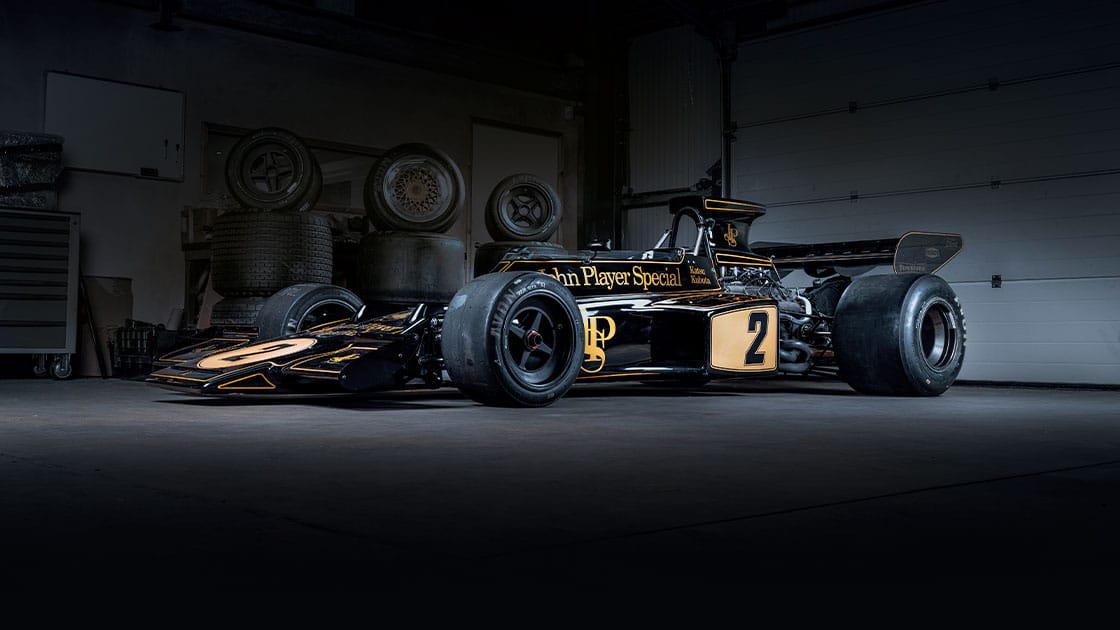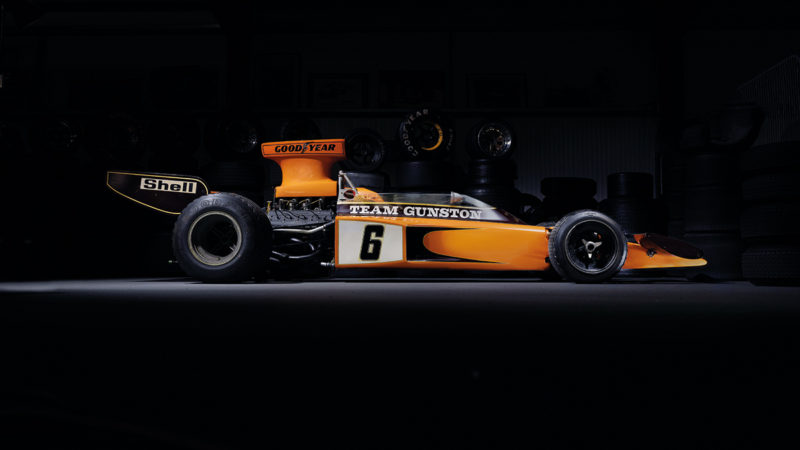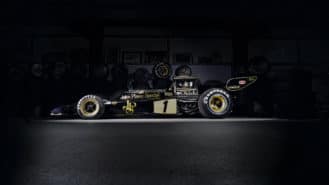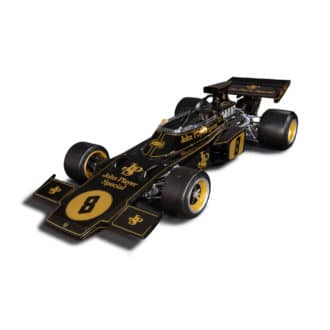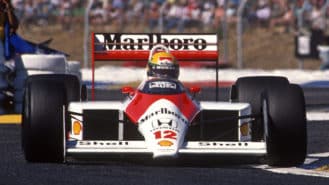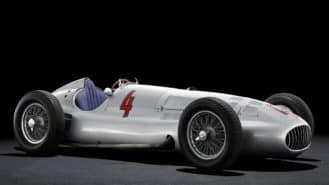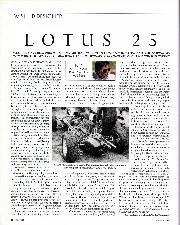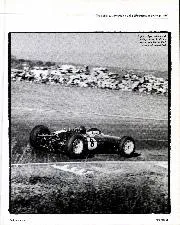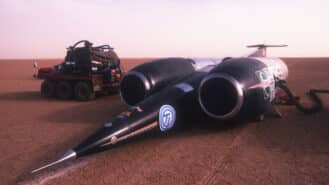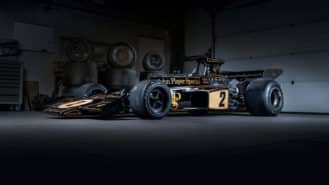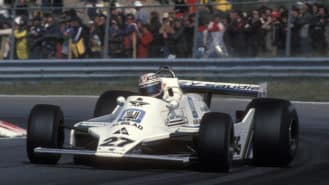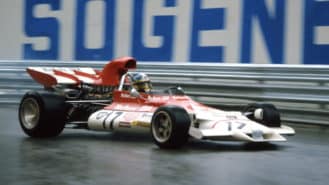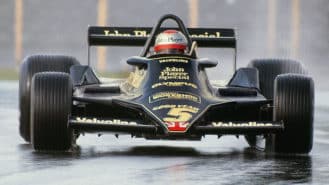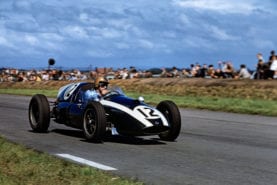Lotus did a neat job of installing inboard front brakes while ‘tweeting the wedge shape, with those little conning towers to extract the air. Today, carbon discs and light calipers form a relatively small percentage of the unsprung weight, but they were using iron discs and heavy calipers, so, especially with the small front wheels of the time, the brakes were a big fraction of the unsprung weight, hence moving them inboard.
I’d not seen a Lotus 72 since I was a teenager, and when I saw one a couple of years ago I was surprised at how big it was. I had the impression at the time that it was rather small, but now the monocoque seems broad. Cars have got much slimmer now, a reflection of progress, not a criticism of the 72.
In the early years Chapman was very much the designer and engineer, but Maurice Phillippe was heavily involved from the Lotus 49 onwards, so it’s less clear who was responsible for what. It’s probably true that, latterly, Chapman was getting more credit than he was due, when it was people working for him who were coming up with the ideas. But nevertheless there’s no doubt he was a highly talented and ingenious designer.
The 72 prompted people to think about how to integrate the aerodynamics into the design, with broader wings a better overall package. Whether they copied it, or it simply triggered fresh ideas, it pushed current thinking into new areas. In my own case, when we introduced the March 881, the Leyton House car, it was smaller than anything else. It was running at the end of the turbo era, which had produced engines of enormous horsepower and, with that, rather big, clumsy-looking cars. The smaller 881 integrated the aerodynamics in a different way, and while there were a few direct copies the following year, it forced people to re-evaluate their thinking. That was a rewarding achievement for me, even if the car didn’t win a race.
